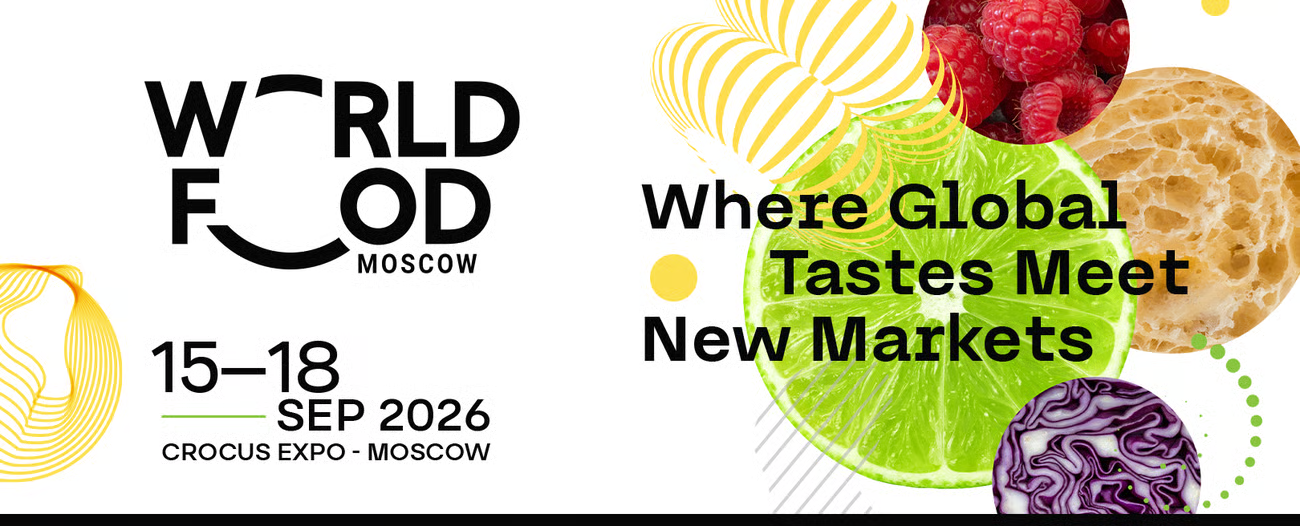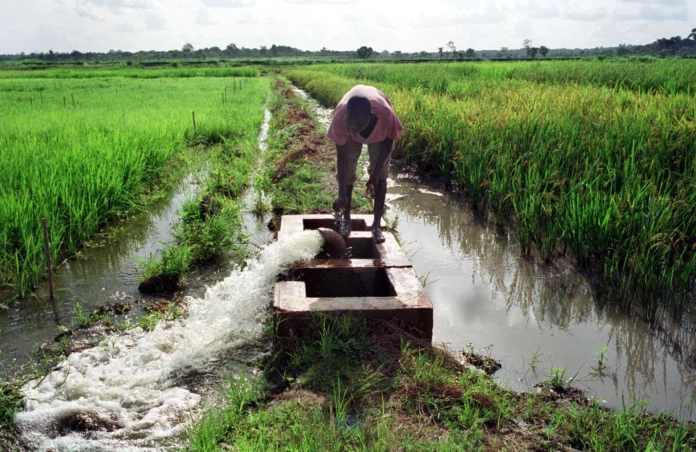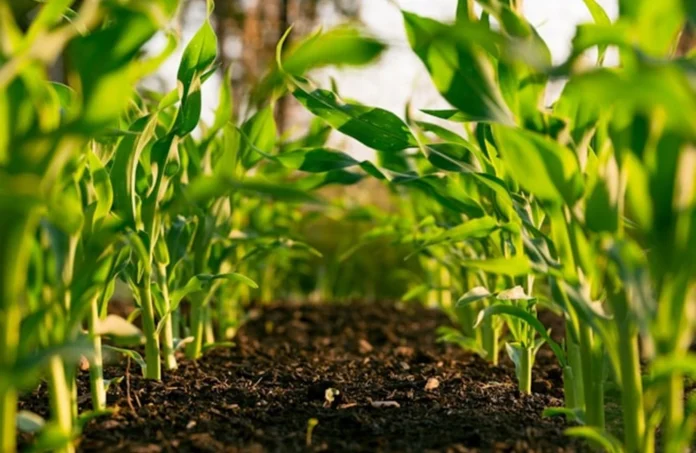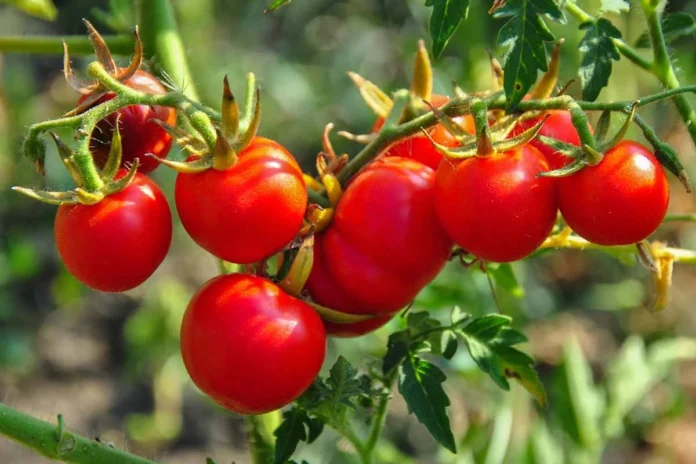Arabfields : Mira Sabah, Special Economic Correspondent, Nairobi, October 15, 2025
In the lush green highlands of Rwanda or in the plains of Algeria, the potato emerges as Africa’s discreet savior. Introduced to the continent a century ago, this humble tuber is today a cornerstone of food security, with production surging to 16.9 million tons in 2023, or 4.4% of the global harvest. And that’s just the beginning: in 2024, its market value crossed the 10 billion dollar mark, up 3%, propelling Africa to the rank of world champion in growth with a frantic pace of 5.3% per year until 2030. “It’s our brown gold,” says Ahmed Khalil, a 52-year-old Algerian farmer, who harvests 50 tons per hectare thanks to high-tech irrigation.
The Continent’s Giants Storming the Records
Algeria reigns supreme, with 2.5 million tons in 2023, a doubling in five years that earns it the continental crown. The country feeds the continent and beyond, transforming fertile lands into golden fields. “We’re ensuring food security for all,” rejoices the Algerian Minister of Agriculture.
Yet it’s in sub-Saharan Africa where the story shakes things up: Nigeria has just smashed its record with 1.216 million tons in 2023, representing 58% of the region. “Thanks to our new seeds, we’re aiming for self-sufficiency by 2027,” announces Fatima Ogunleye, agronomist engineer in Lagos.
Kenya is not lagging behind: +22% in 2024, driven by certified seeds that boost yields. In Rwanda, 300,000 small farmers produce 908,000 tons, thanks to an aeroponic revolution launched in 2009, 900 mini-tubers per square meter, compared to 8 in traditional soil! Malawi (1.465 million tons), South Africa (2.5 million, despite a slight decline), and Ethiopia (800,000 tons estimated) complete this top lineup that accounts for over 80% of Africa’s production. Even Senegal is gearing up to strike hard with 240,000 tons projected for 2025, a surplus of 90,000 tons promising self-sufficiency.
Since 1994, production has tripled, rising from 8 to nearly 24 million tons in 2011, and continues to grow despite an exploding population. Per capita consumption stalls at 8 kg/year, but demand is skyrocketing: by 2030, it could double, supported by bold policies.
Lame Yields, But Explosive Potential
Imagine: in sub-Saharan Africa, yields are just 6 to 10 tons per hectare, compared to 25 to 35 possible elsewhere. “The real scandal is the waste of potential,” thunders Dr. Maria Lopez, expert at the International Potato Center (CIP) in Nairobi. Only 5 to 18% of farmers use certified seeds, and late blight ravages crops. Add droughts, floods, and poor storage, in South Africa, a 2025 surplus caused prices to plunge below production costs, forcing thousands of tons into the trash.
Yet miracles abound. In Nigeria, “irrigation corridors” boosted yields by 18% in 2024. In Rwanda, aeroponics defies gravity. And in South Africa, Rainmaker technology mimics natural rain to save water. Not to mention climate-resilient varieties: by the end of 2025, Nigeria will deploy them on a large scale against blight. The CIP and the African Development Bank are injecting millions into climate-smart agriculture (CSA), promising +140% production if gaps are filled. Caution though: without adaptation, potatoes could become unviable in East Africa by 2100, warns a UN report from September 2025.
An Economic Revolution for Millions of Rural Dwellers
Behind these figures, lives are changing. “My family eats its fill and I send my kids to school,” confides Jean-Pierre, a 45-year-old Rwandan farmer. The sector employs millions, diversifies incomes, and grows the market by 1.6% per year since 2012. Exports soar to West Africa and beyond. In 2024, Branston Ltd donated seeds and irrigation to 5,000 Ugandan farmers, strengthening rural resilience.
Nutritionally, it’s a jackpot: affordable energy, vitamins galore. By 2030, production could double, avoiding 90 to 110 billion dollars in food imports. “The potato is the secret weapon against hunger,” sums up Rwandan President Paul Kagame at the African Agrofood Summit in September.
Toward a Bright Future, But Urgently!
In 2025, Africa is turning the potato into a war machine against food insecurity. Giants like Algeria and Nigeria lead the charge, but we must urgently bet on seeds, irrigation, and climate. Algerian subsidies, agro-industrial zones funded by the AfDB: the levers are there. “Invest now, or the continent will regret it,” warns Lopez.
This “heroic and unsung” crop could feed an Africa of 2.5 billion people by 2050. From Lagos to Kigali, the fields buzz with hope. The ball is in the decision-makers’ court: will we seize this golden opportunity?












